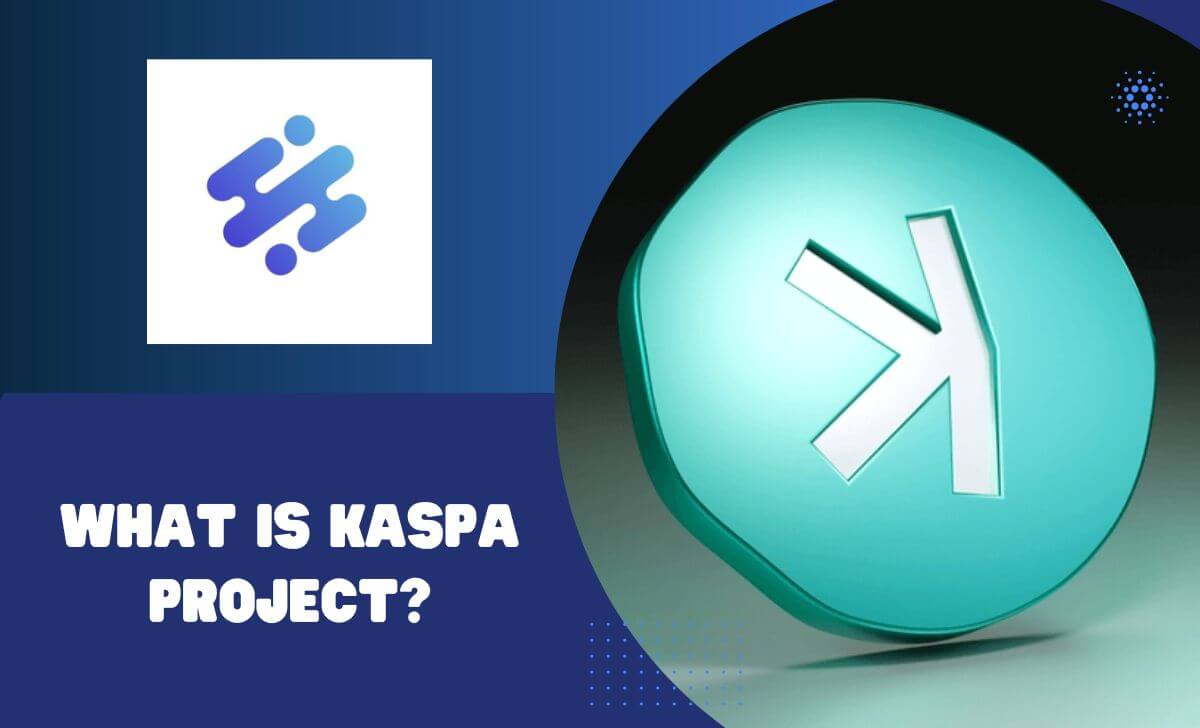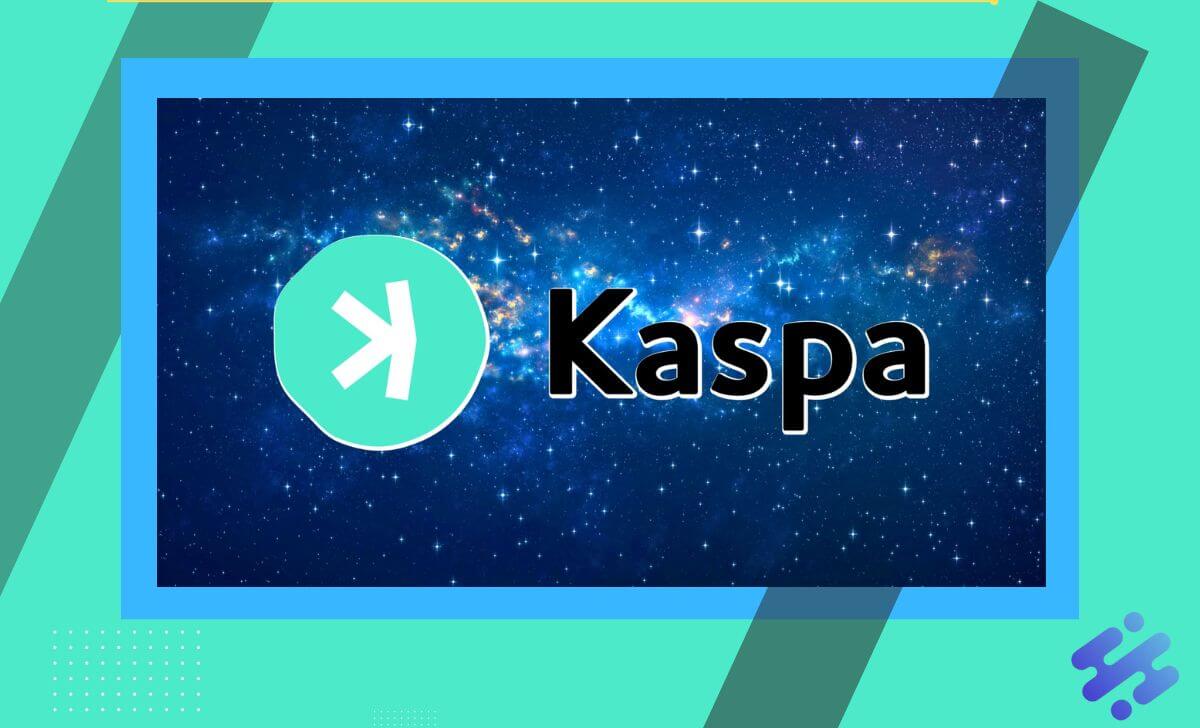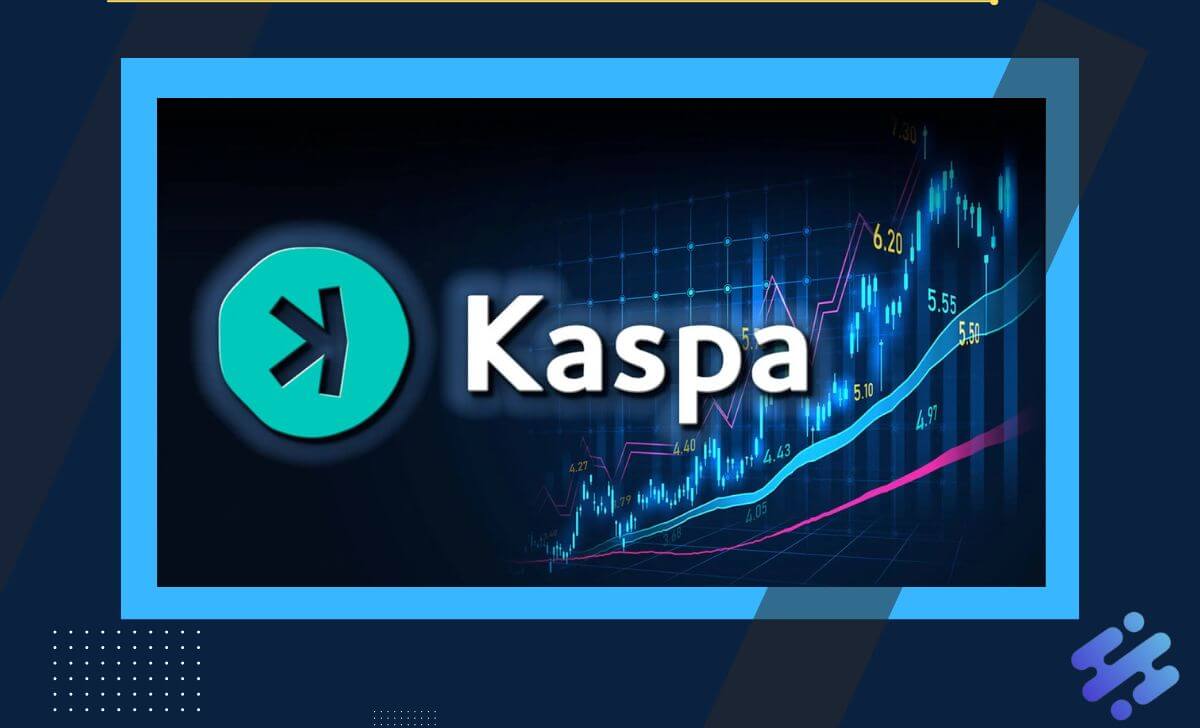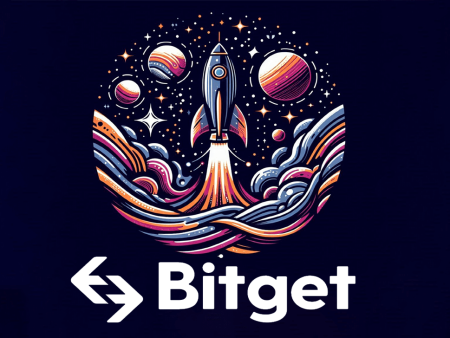With impressive growth, the Layer 1 Proof of Work blockchain project Kaspa has attracted attention as its token price has increased more than 10 times in the past 7 months.
So, what is Kaspa? What makes this project special that it has grown so rapidly? Let’s delve deeper into this Layer 1 Proof of Work project using blockDAG model with AZCoin in the following article.
What is Kaspa project?

Kaspa is an impressive blockchain project that combines Proof of Work with the GHOSTDAG protocol, creating unique features that set it apart in the cryptocurrency market. The GHOSTDAG protocol allows blocks to coexist and participate in the consensus process simultaneously, making Kaspa a blockDAG-oriented blockchain, a progressive development from Nakamoto‘s consensus mechanism.
This method ensures system security, maintains high block processing speeds, and minimizes confirmation times. If you are interested in blockchain structure and performance, Kaspa is a promising blockchain to explore.
Additionally, Kaspa’s blockchain features Reachability, allowing querying of the blockDAG graph topology, along with data pruning on blocks and SPV Simple Payment Verification verification. This not only optimizes performance but also opens up possibilities for supporting subnetworks in the future.
Kaspa KAS is not just cryptocurrency, but also a promising Layer 1 platform that facilitates the deployment of Layer 2 solutions. With its combination of security, speed, and advanced features, Kaspa is reshaping how users perceive the cryptocurrency market.
The operational model of the Kaspa project
The Kaspa project operates on the Proof of Work consensus mechanism and utilizes the kHeavyhash algorithm. This choice is based on its compatibility with Photonic mining machines. Through this algorithm, Kaspa ensures not only security but also optimizes performance when using the latest mining devices.
Kaspa’s tokenomics is unique, gradually reducing emissions following a geometric model based on the 12-note musical scale, known as the chromatic phase. This model does not depend on block speed but rather on the number of tokens created per second. If Kaspa adjusts block speed in the future, rewards will be automatically adjusted to maintain a constant emission rate.
The goal of the Kaspa project is to achieve protection through the Proof of Work mechanism of mining machines to safeguard the integrity of the system. This demonstrates Kaspa’s commitment to maintaining a safe and stable operating environment, especially in the increasingly complex cryptocurrency market landscape.
Kaspa Pros and Cons

Pros
- Kaspa network utilizes blockDAG technology, allowing for more efficient transaction processing and faster confirmation times compared to traditional blockchain networks.
- BlockDAG enables multiple transactions to be processed simultaneously, increasing the overall transaction throughput of the network.
- Kaspa has implemented the GHOSTDAG mining algorithm, which rewards miners for building blocks that are more connected to the network rather than just the longest chain.
- The project is open source, encouraging contributions to its development and improvement.
- Kaspa emphasizes education and community engagement through regular meetups and hackathons to foster collaboration and innovation.
Cons
- Kaspa is a young project, facing challenges in terms of adoption due to being relatively new in the cryptocurrency market.
- With a highly competitive cryptocurrency market, Kaspa will need to differentiate itself by offering unique features and advantages to stand out from other popular solutions.
Basic information about KAS token

Key details of KAS token
- Token name: Kaspa
- Ticker: KAS
- Blockchain: Kaspa
- Total supply: 21.875.045.347 KAS
- Circulating supply: 21.874.850.941 KAS
- Maximum supply: 28.704.026.601 KAS
Token allocation of KAS
Kaspa’s blockDAG model, with fast block speed, has facilitated decentralization in the mining process and encourages efficient solo mining, even at low hash rates.
Launched in November 2021, Kaspa started off fair, with no pre-mined tokens, no pre-sale, and no token distribution prior to launch. This project is completely decentralized, open-source, and community-managed.
The maximum supply of Kaspa coins is 28.7 billion tokens, and according to the emission schedule, this ratio decreases once a year through monthly adjustments at a rate of (1/2)^(1/12). This ensures a stable token supply, creating conditions for a sustainable economic system.
Where can I purchase KAS token?
Currently, you can buy KAS token on various Centralized Exchanges (CEX) such as Bybit, OKX, Bitget, KuCoin, and MEXC. The process of purchase is similar to BTC, XRP, DOGE,… To read reviews of cryptocurrency exchanges, you can visit the best crypto exchanges 2024 page on the website.
The place where KAS tokens are stored

You can store KAS tokens on Kaspa’s wallet called Kaspium, which is now available on the App Store.
The main development team of the Kaspa project
Initially, Kaspa was created by DAGLabs research and development company, with investment from Polychain Capital. However, interestingly, Kaspa has evolved into a community-managed project, without any centralized control or business model.
Yonatan Sompolinsky, the creator of Kaspas, is a PhD researcher at Harvard University and part of the MEV Research Team. He has made significant contributions to the blockchain industry, particularly with his research paper on the Ghost protocol in 2013, which was referenced in the Ethereum whitepaper.
Conclusion
Based on the article from AZCoin, it is evident that the Kaspa project is not just a Layer 1 blockchain using Proof of Work mechanism, but an opportunity to participate in an advanced platform with unique features. Just like any investment deal, make sure to read the Evaluation Process page for your effective investing.

I am Tony Vu, living in California, USA. I am currently the co-founder of AZCoin company, with many years of experience in the cryptocurrency market, I hope to bring you useful information and knowledge about virtual currency investment.
Email: [email protected]











